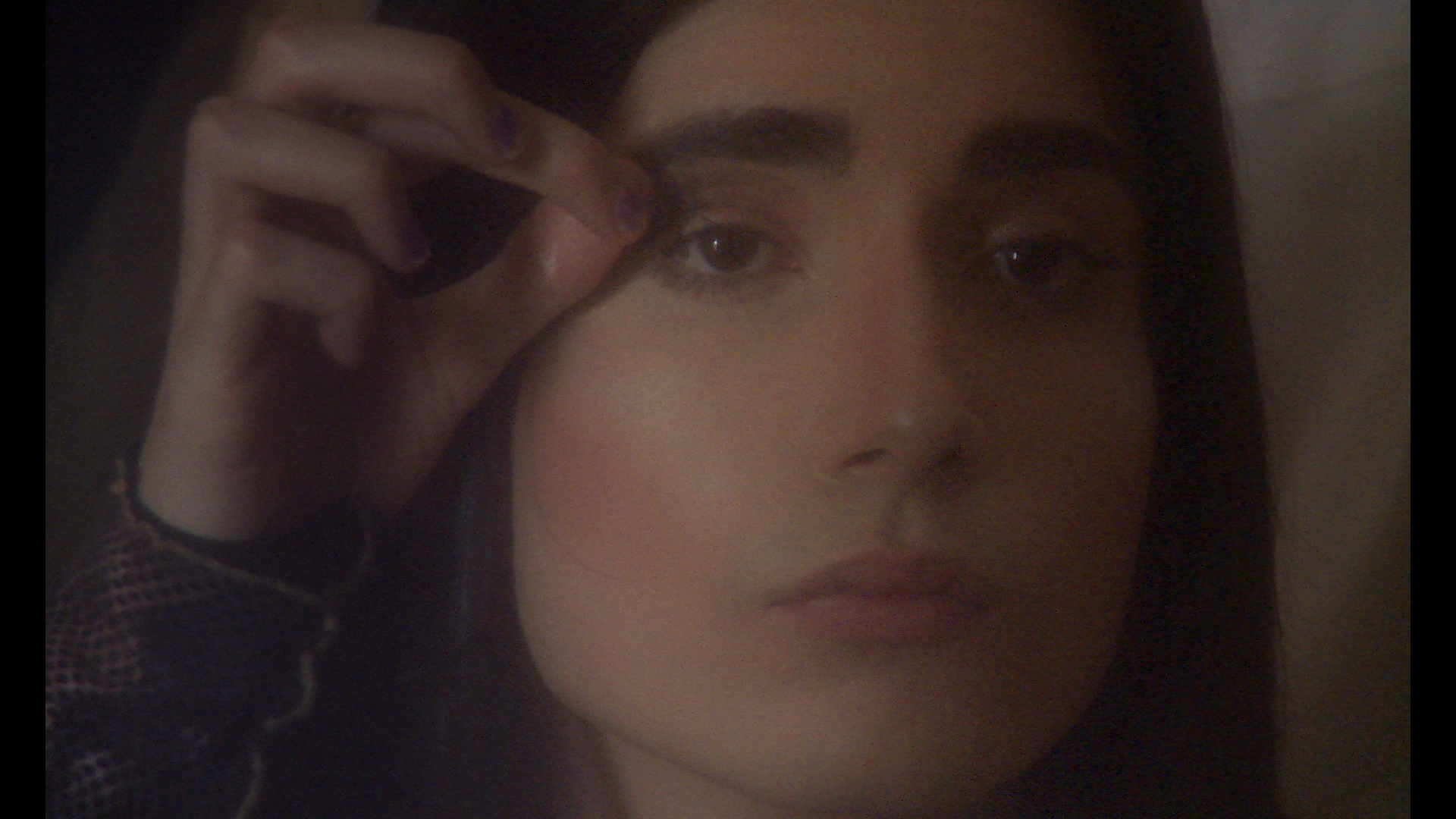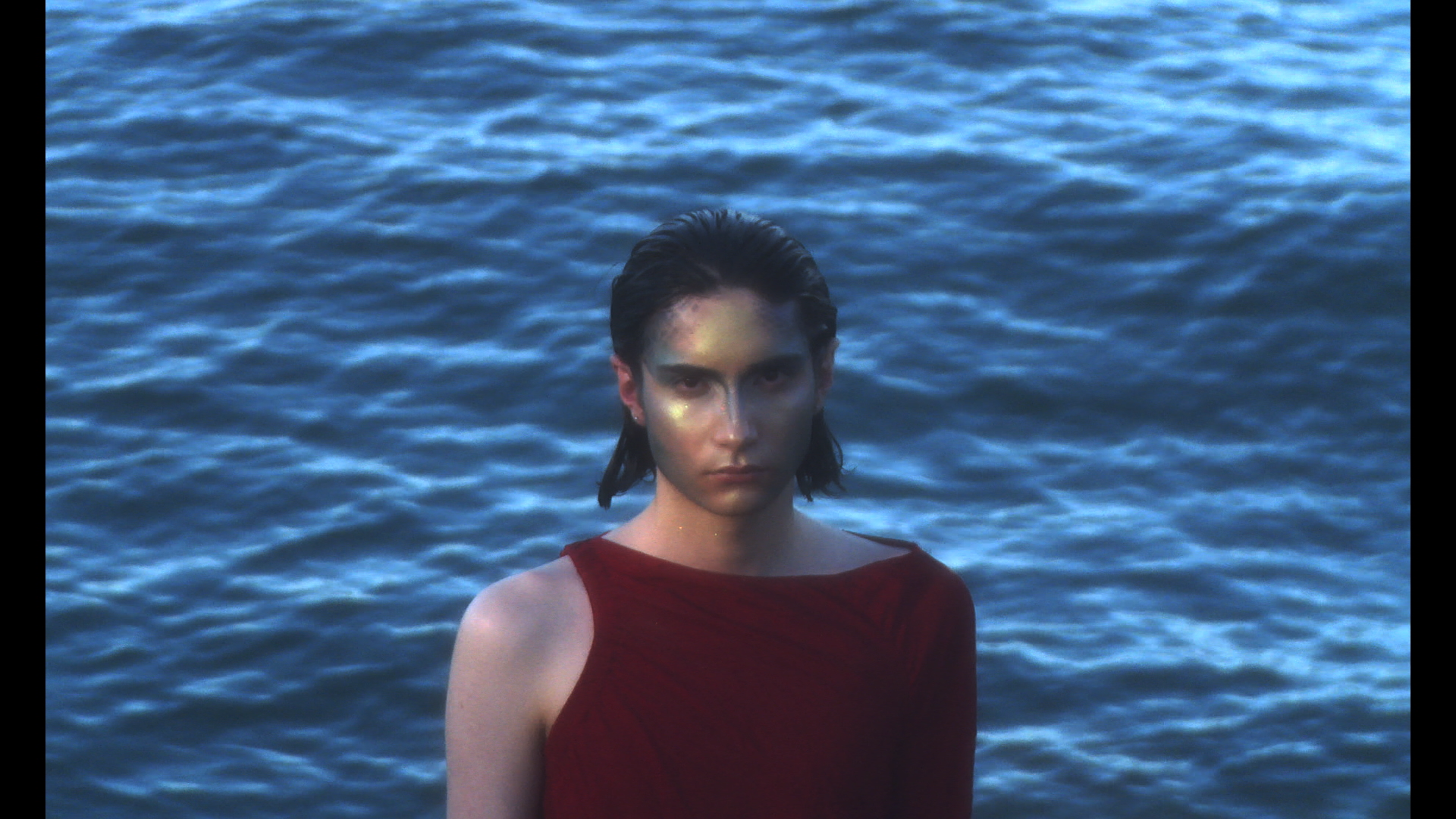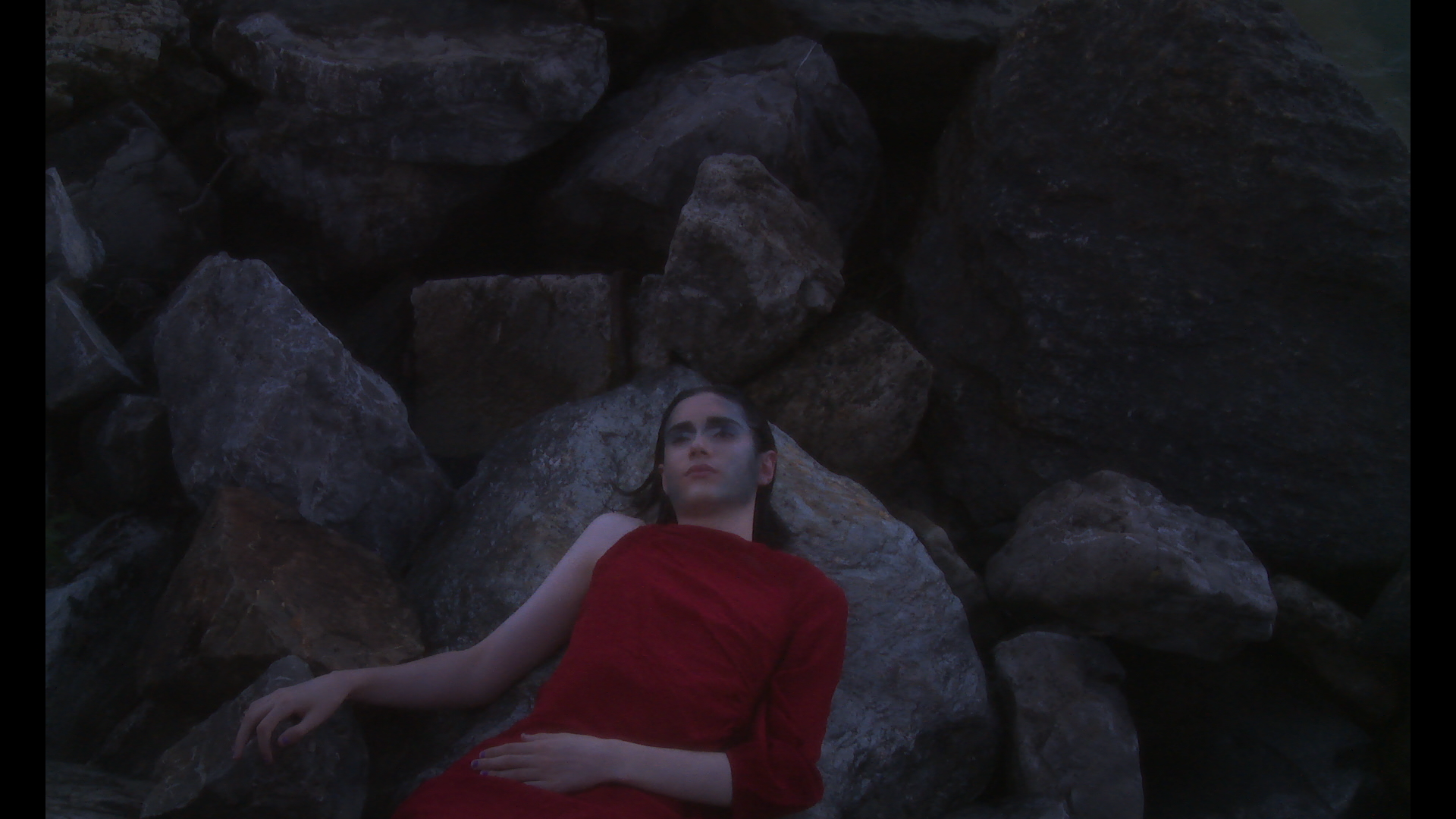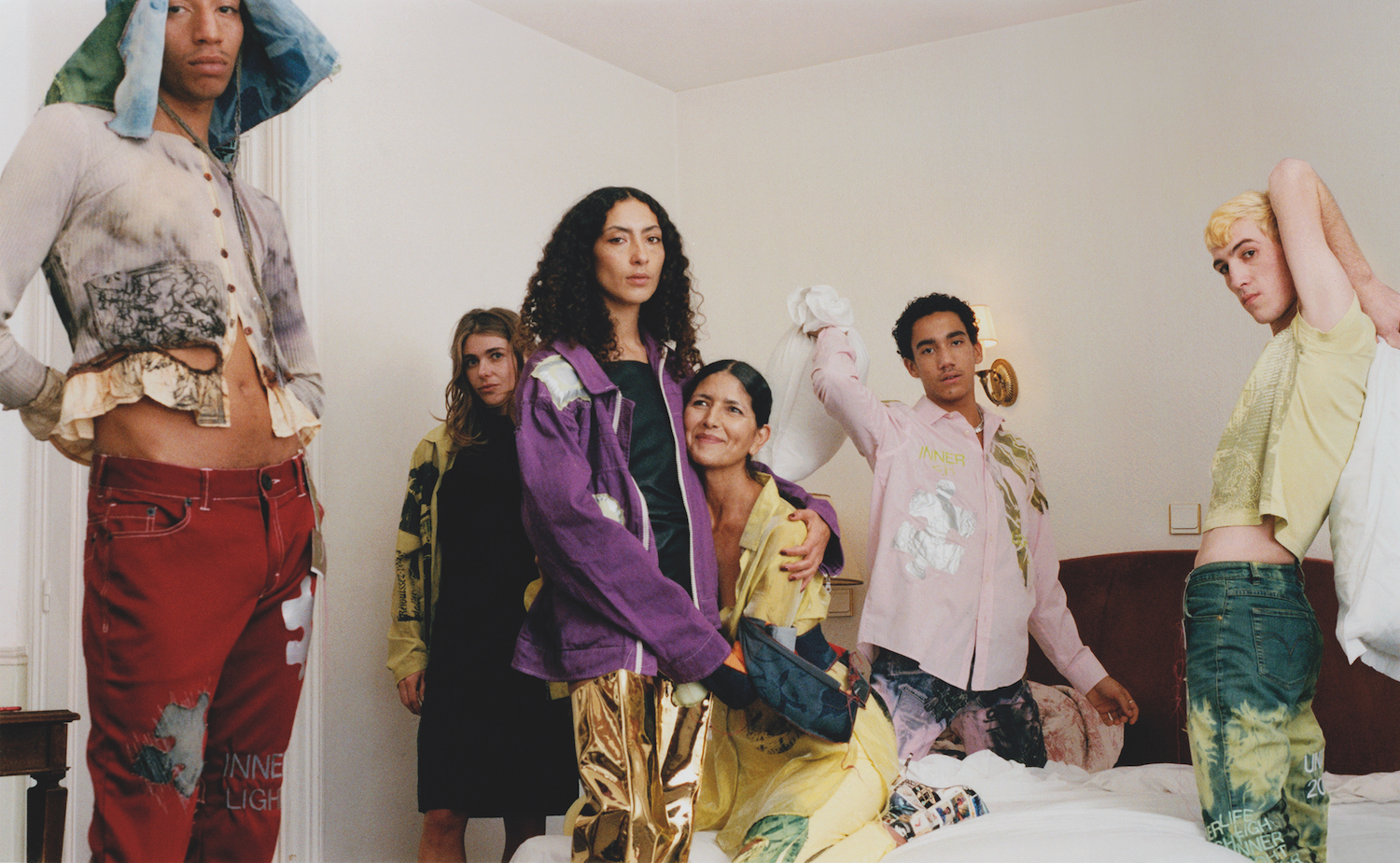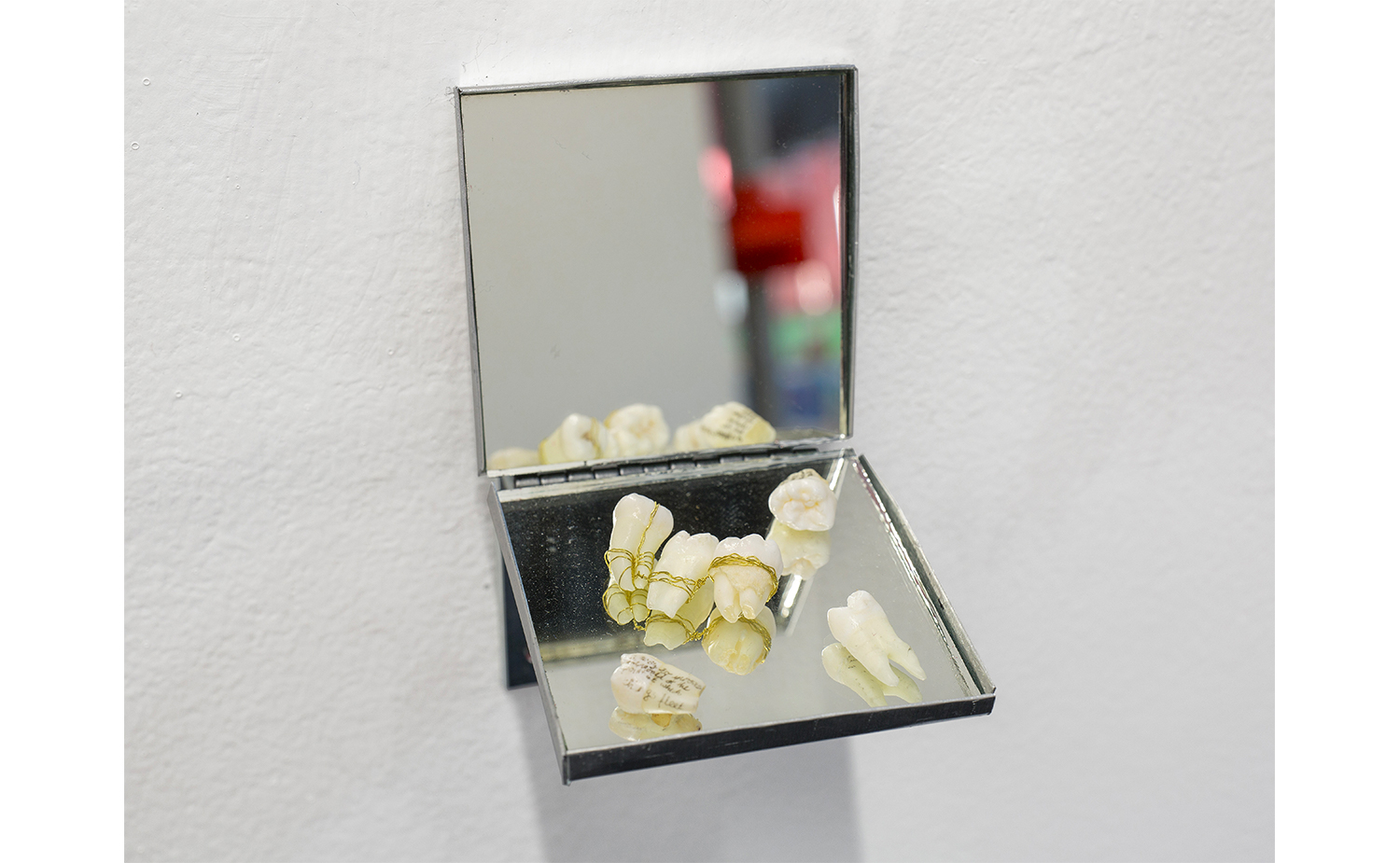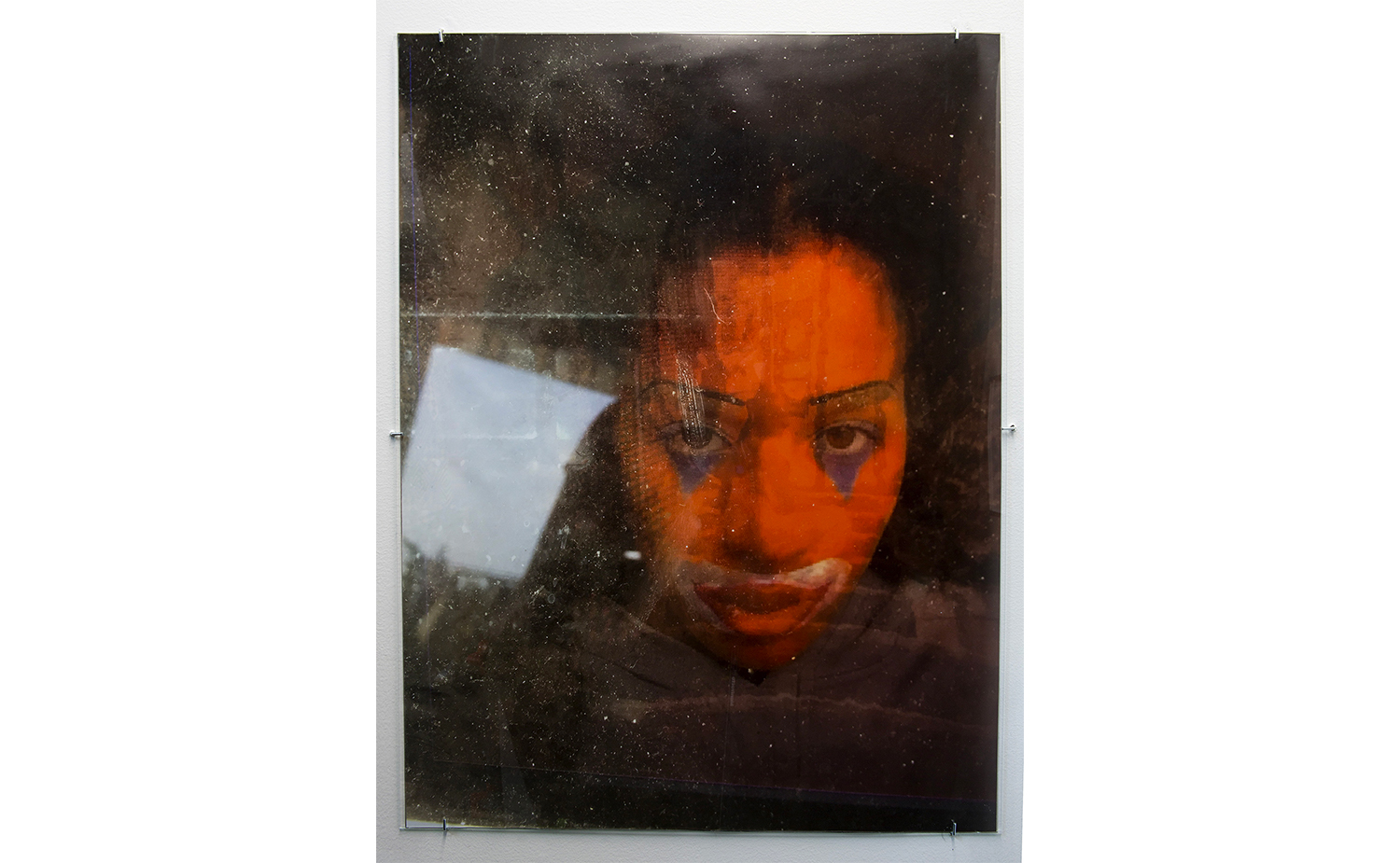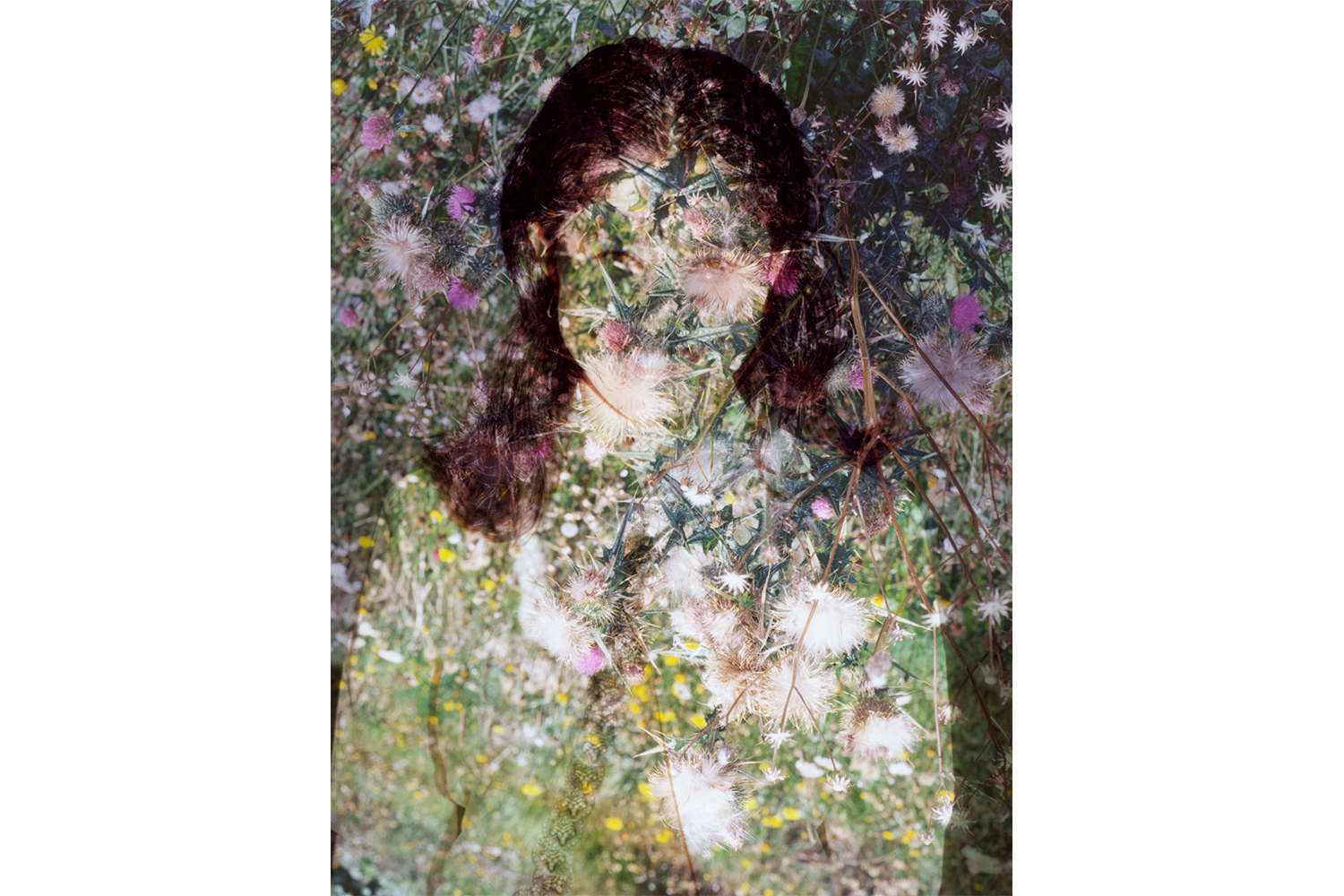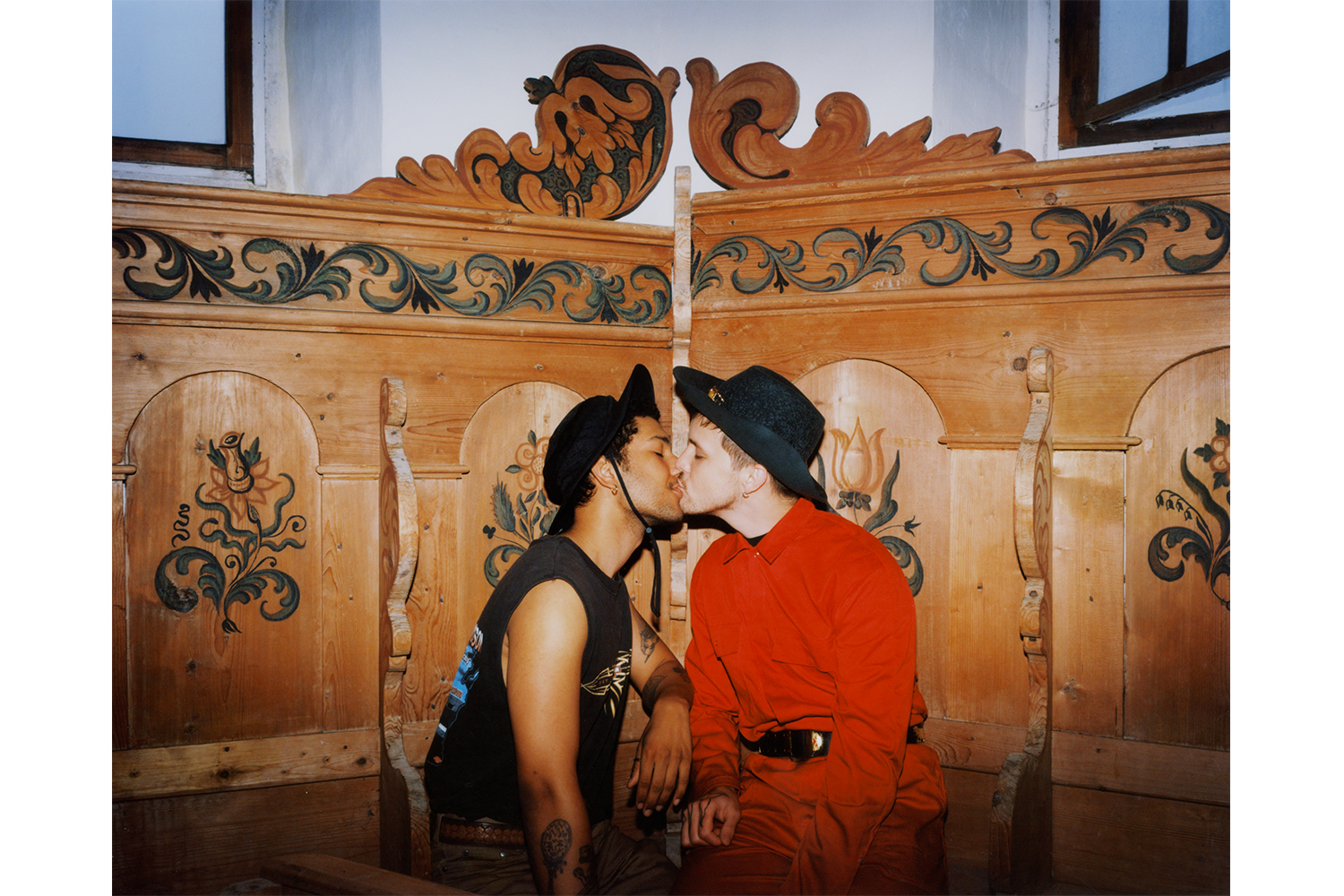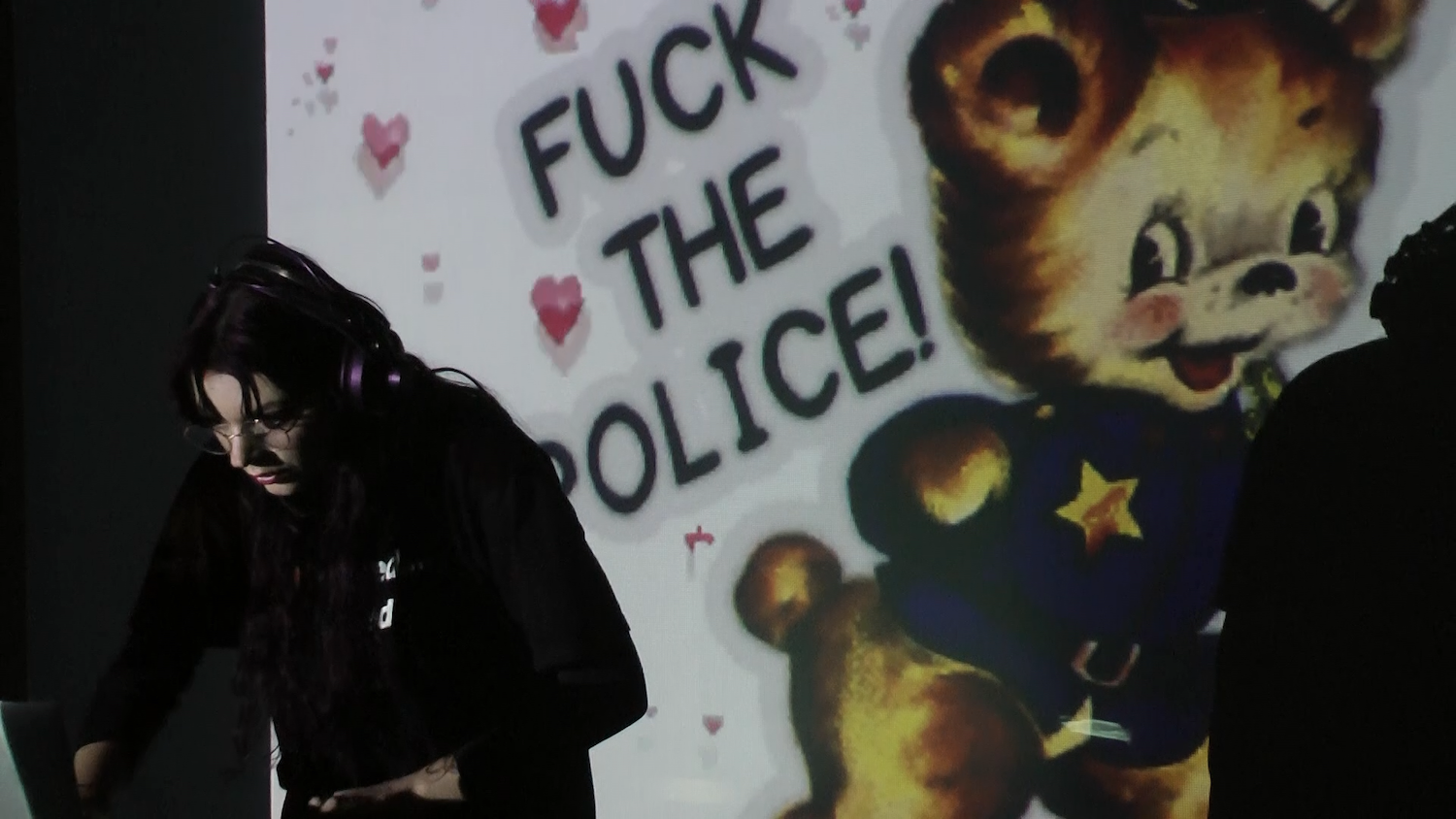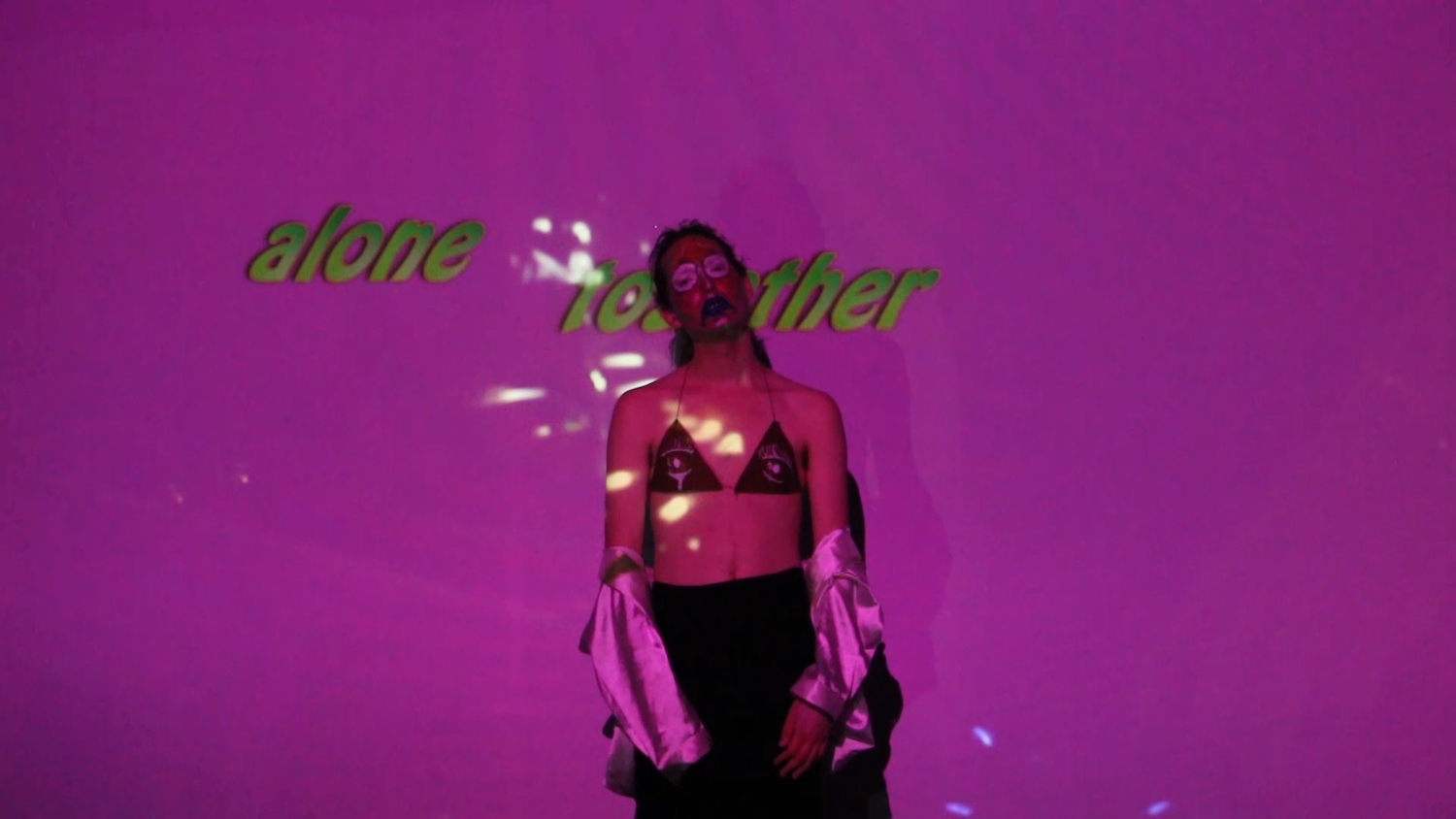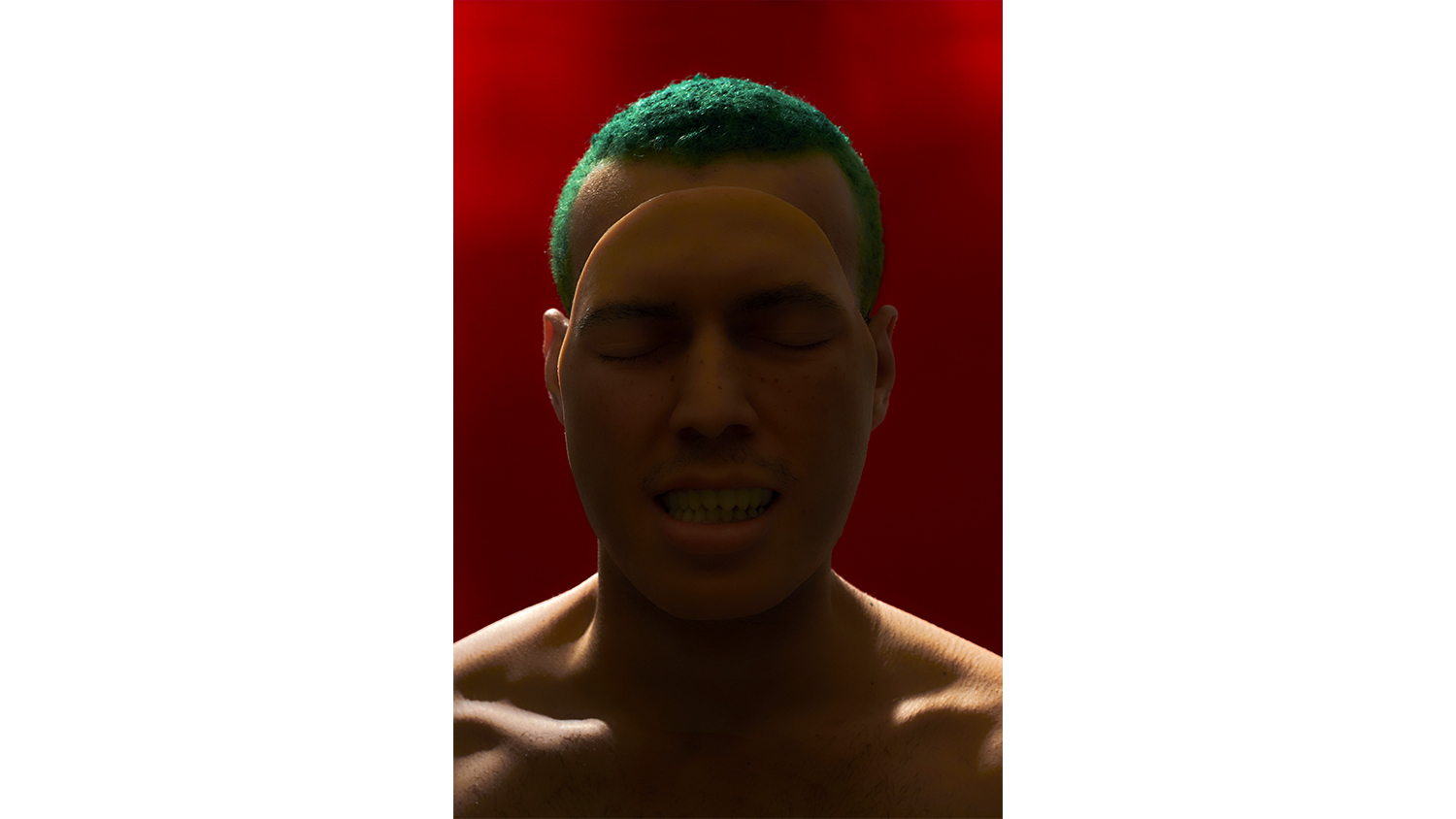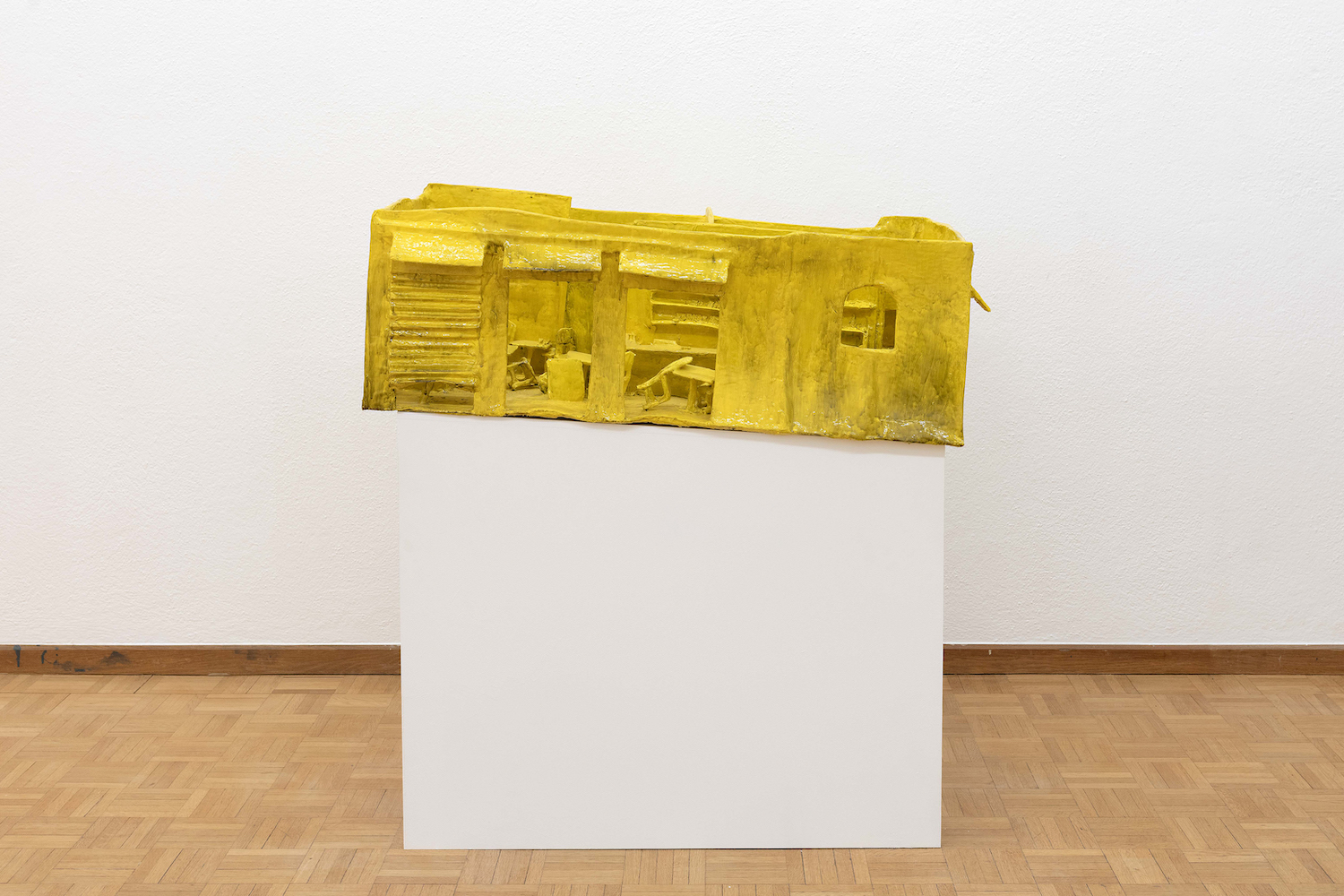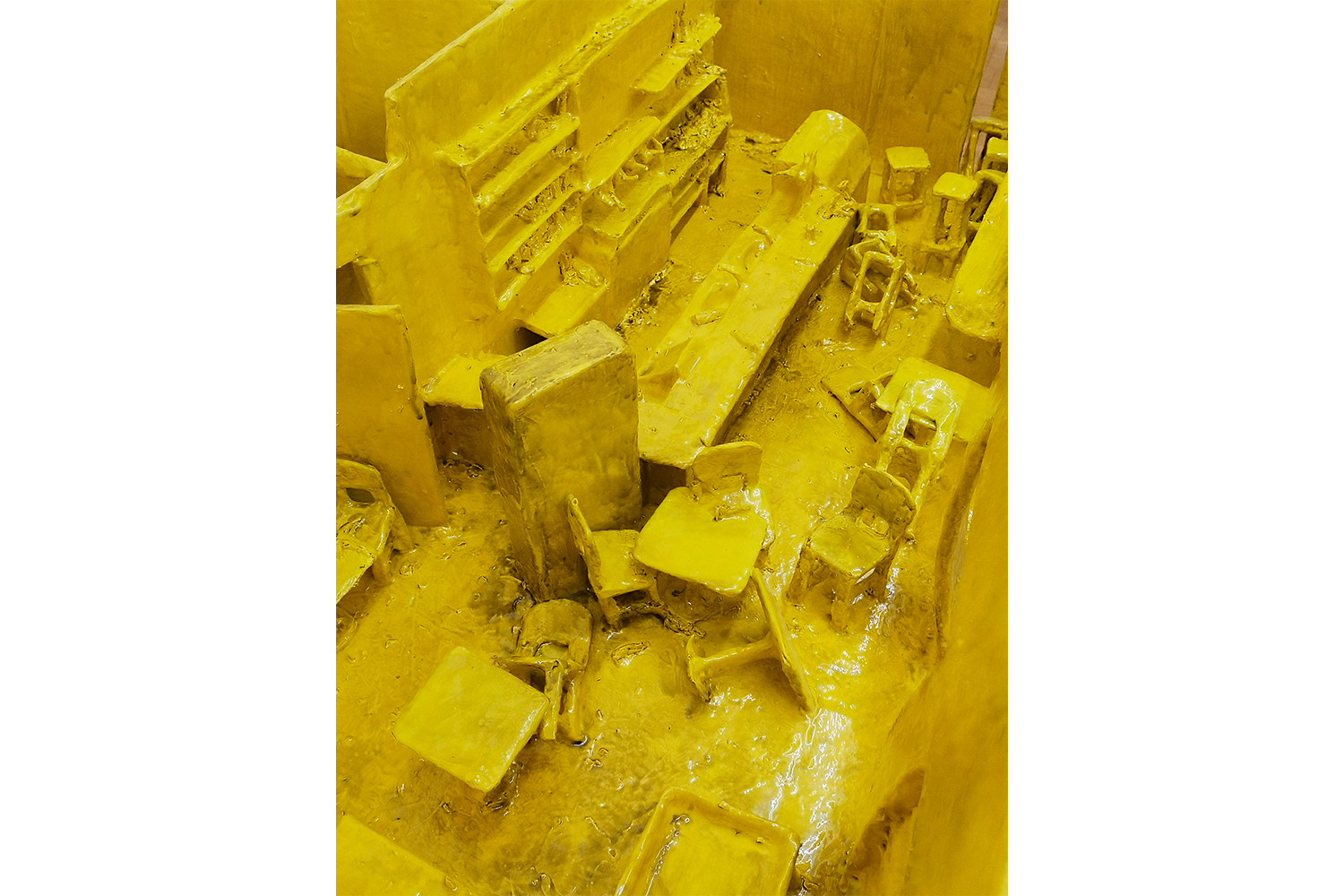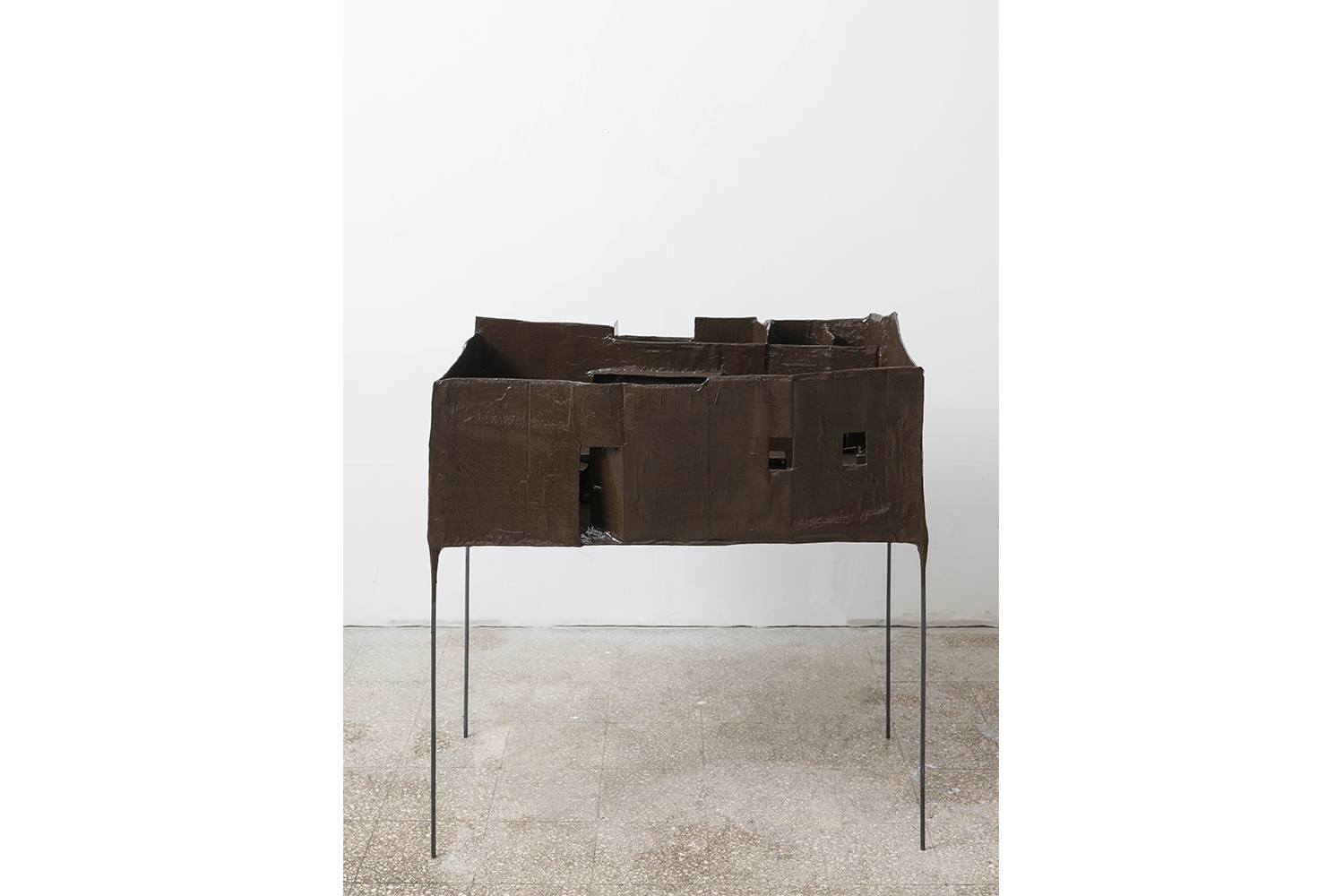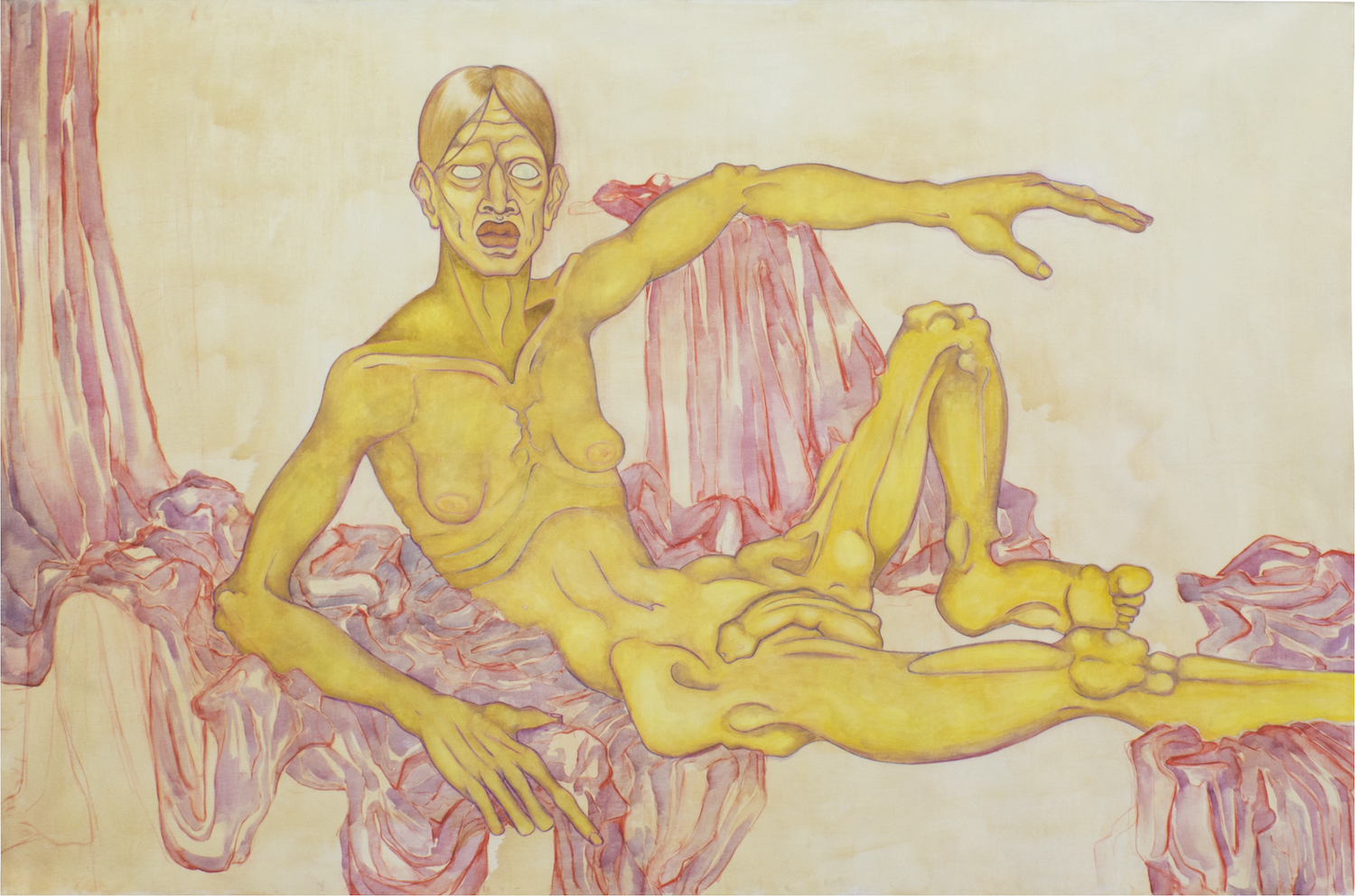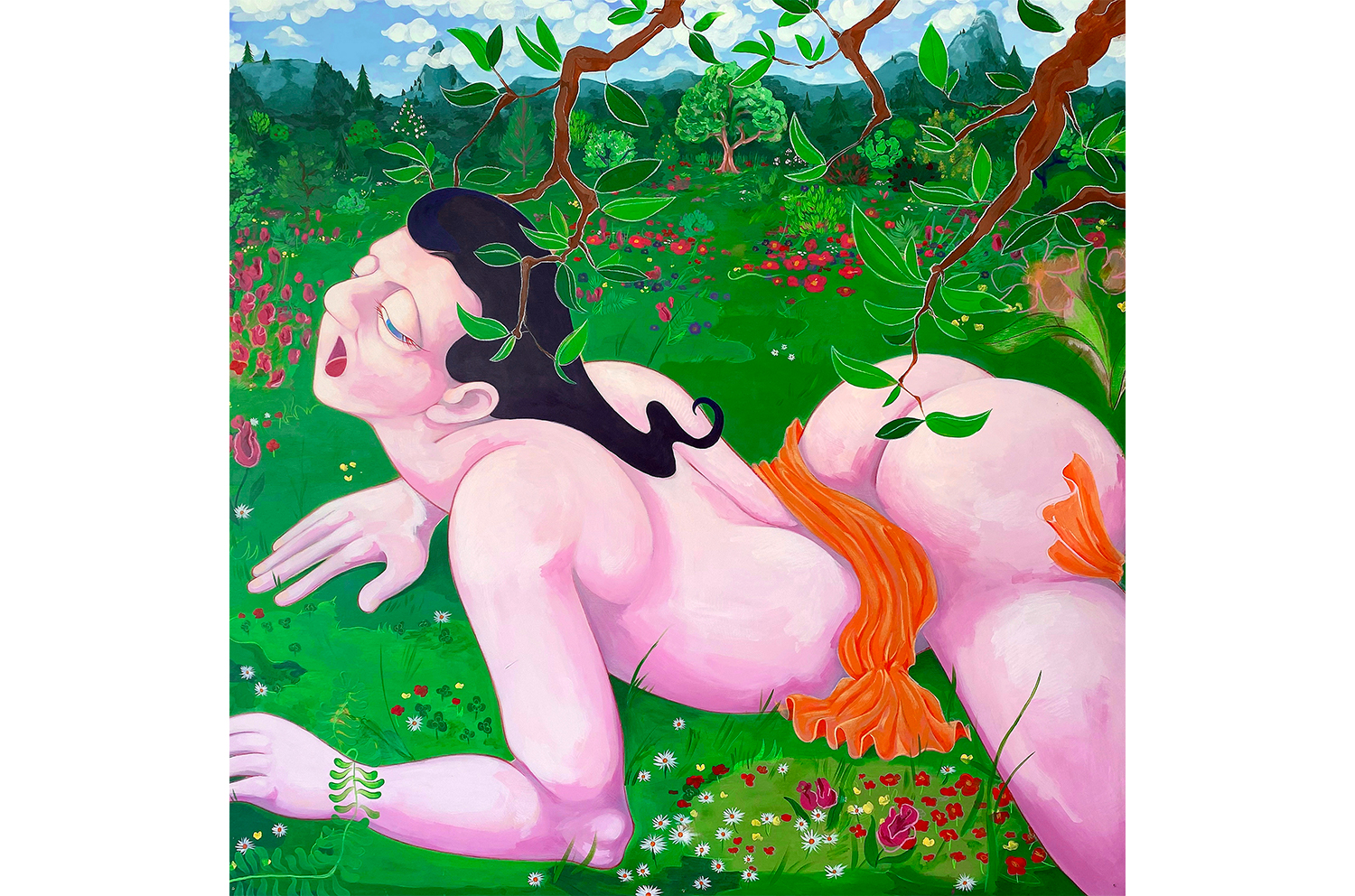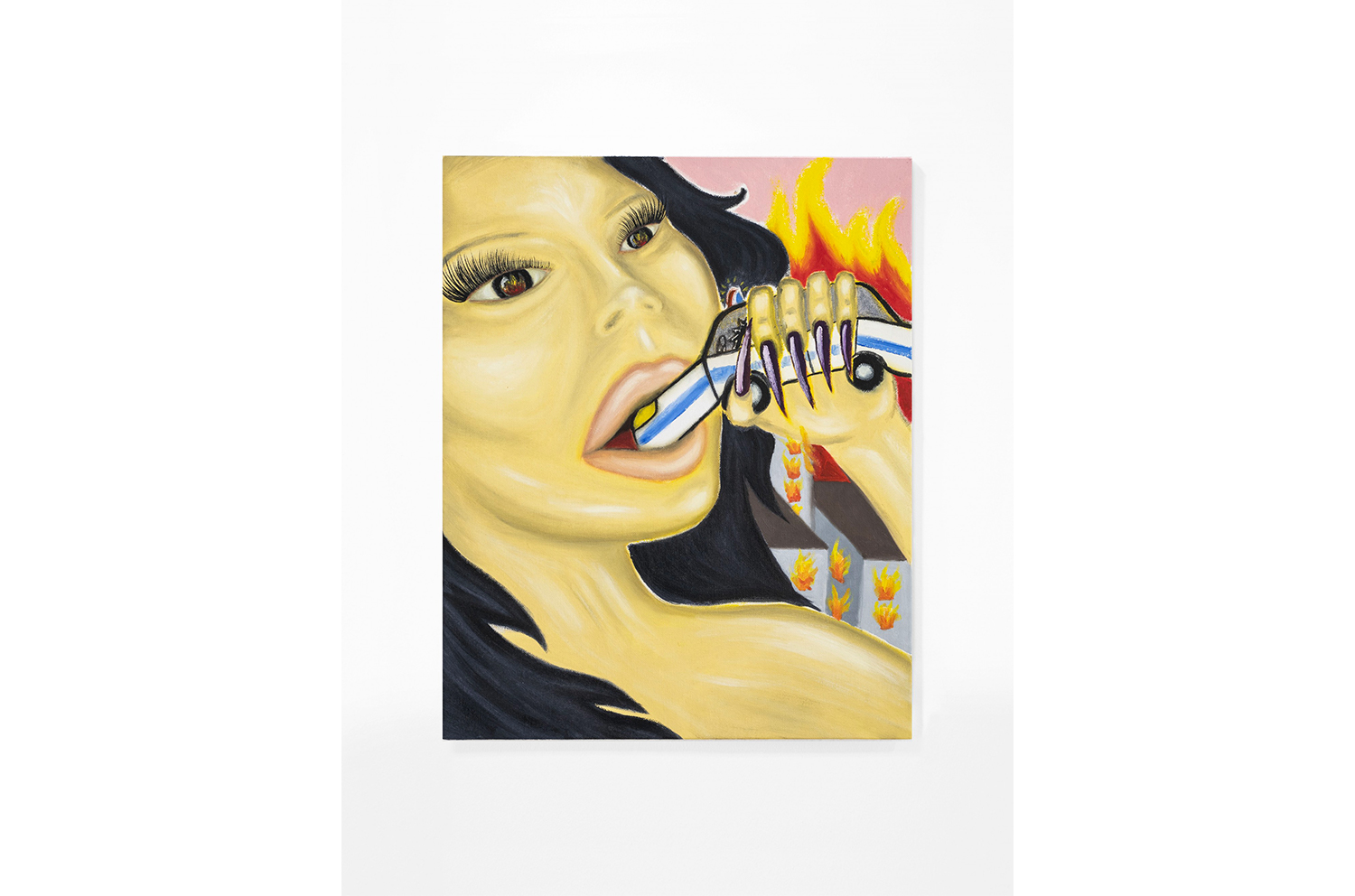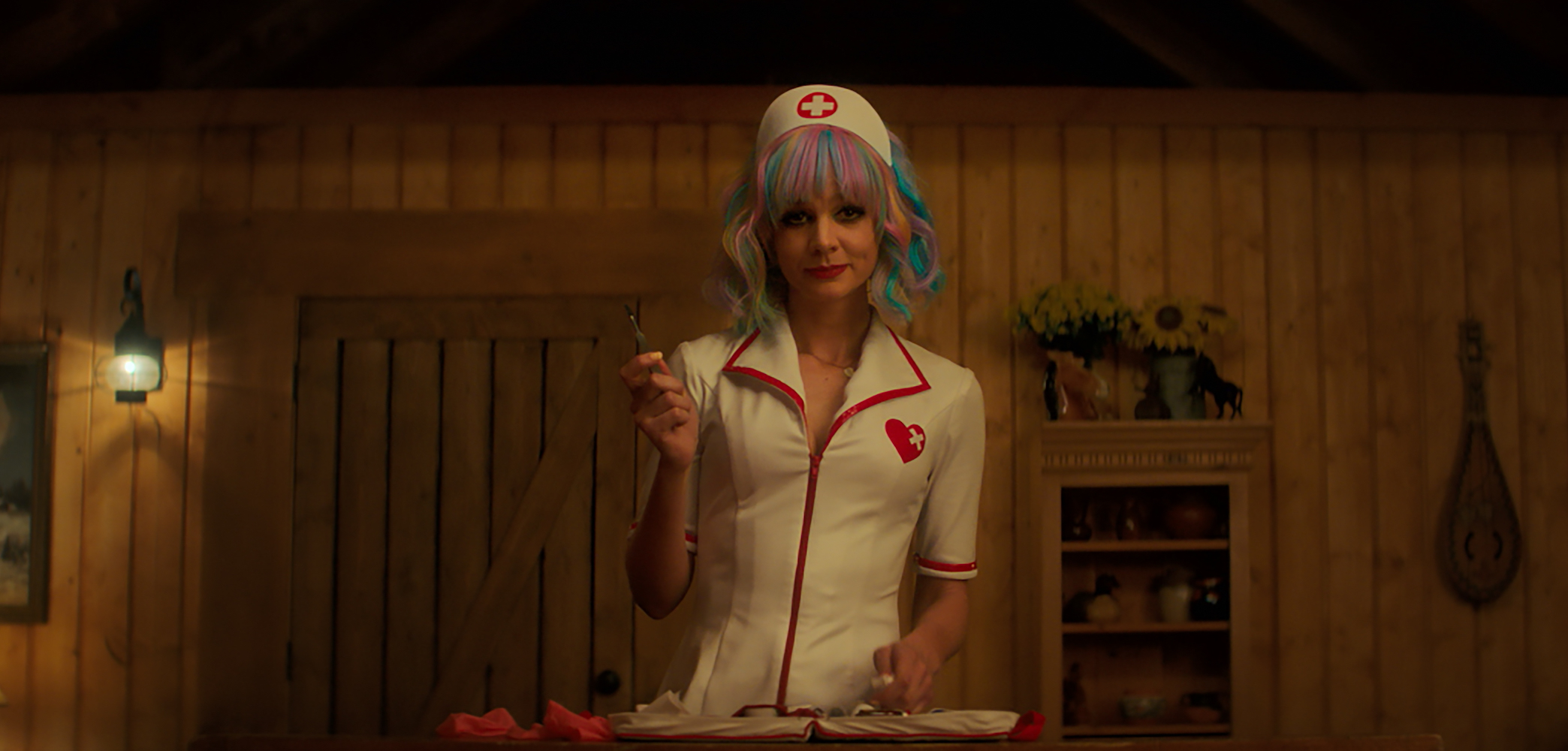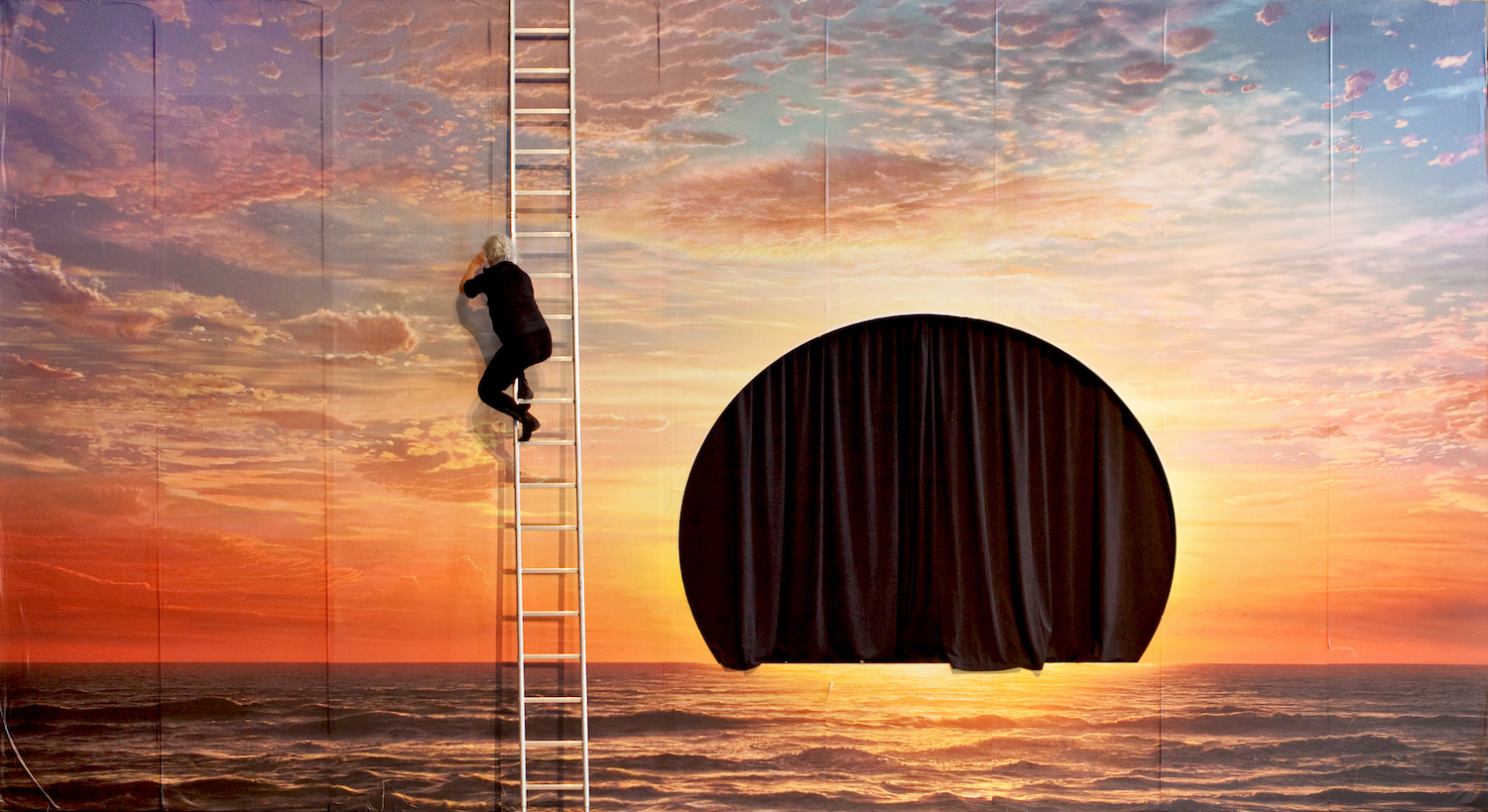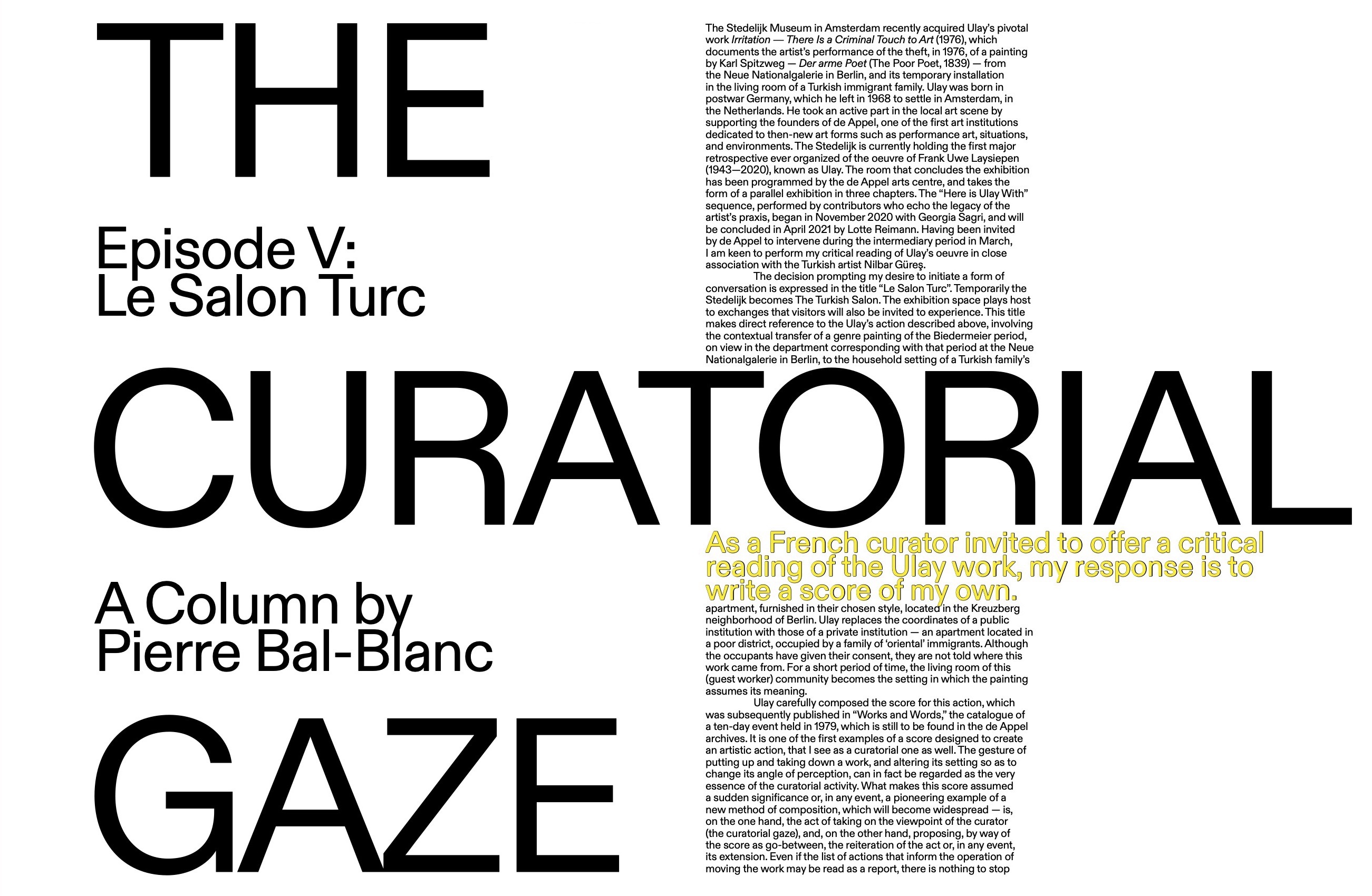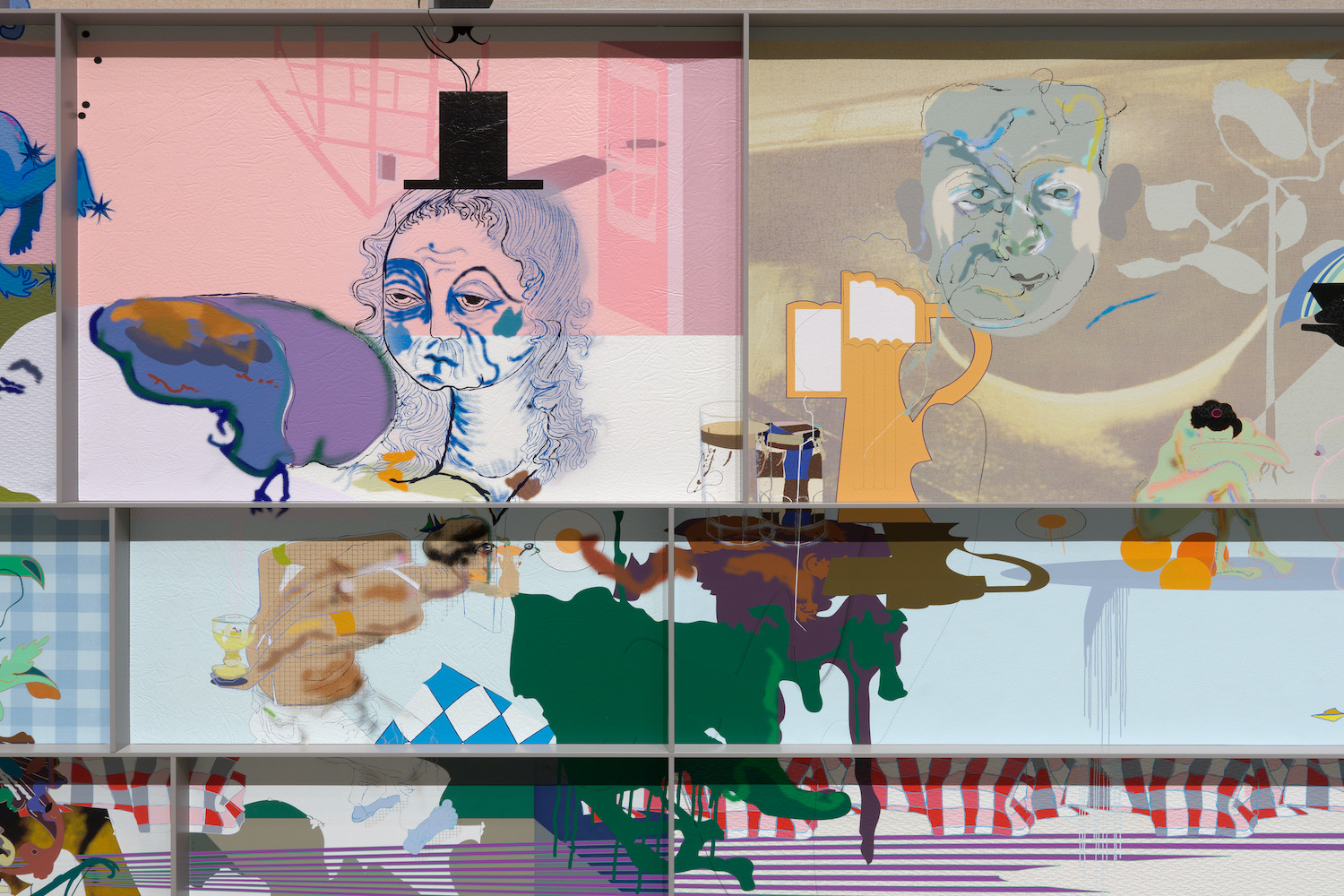As part of our ongoing investigation of contemporary practices, the following pages discuss on the new project “Lemaniana,” opening at the Centre d’Art Contemporain, Geneva. Andrea Bellini, with the contribution of Patrick de Rham, director of Arsenic, and the curatorial team composed by Mohamed Almusibli, Jill Gasparina and Stéphanie Moisdon issued a call for projects to all artists who either reside or originated in the greater Léman basin, regardless of their age, training, development or background. Flash Art editor Eleonora Milani invited the curatorial team to talk about the project that aims to be an unprecedented survey of the contemporary local art.
Eleonora Milani: Let’s start from historical sources, or rather from geopolitics. In 1999, the Federal Statistical Office — on the basis of proposals already made in 1989 — divided Switzerland into macro- regions, raising questions about their formation and issues with political, economic, and social significance. The seven regions correspond to agglomerations of large centers, including Geneva-Lausanne, which in turn corresponds to the Léman Region. A study following the division revealed minimal demographic and economic differences between regions, which included both cities and agglomerations, and both urban and peripheral cantons. While the internal disparities may average out, the differences at the linguistic, cultural, political, and financial levels are notable. In similar cases, where there is a discrepancy between eastern and western, regionalization can function as a system for identifying any disparities and changes on a large scale. I bring this up because of the attention you have placed on the Léman Region, which I find curious. I wonder why analyzing this regionalization interests you from an artistic point of view.
Stéphanie Moisdon: Any collective exhibition is inevitably the object of negotiation between the local and the global! Ideally, an exhibition should always be able to learn something from where it is held. The central idea of the vast research for “Lemaniana” was to make this first hypothesis: to produce a historical account of what is happening now in this territory, to reflect its energy, vitality, tensions. And make issues of knowledge, sociality, and transmission appear at the heart of this story. As a French, but working in Switzerland for more than twenty years (as head of the MFA program at the Ecal-École d’Art de Lausanne), I have always been struck by the deleterious effects of French centralism, which considers this vast territory of regions with a certain disdain. It is a false and archaic vision, which does not take into account the reality of production, the mobility of artists, the fragmentation of practices, the fact that notions of identity or belonging (to a country, a province, a community) have been in deep crisis for decades.
The federal structure of Switzerland makes it possible to escape the homogenizing effects of centralism, to get out of the dead ends of nationalism and, consequently, of regionalism.
Jill Gasparina: No question here, but I feel a strong urge to comment anyway. To start with, the project is first and foremost Andrea [Bellini]’s idea. I do not say that to get rid of my curatorial responsibility, but I assume he should be the one answering here! Still, I do not find it curious to place attention on the region. The importance of the Léman as an artistic motif in art history has been decisive, from Konrad Witz’s Miraculous Draft of Fishes (1444), the first landscape painting based on an actual location ever. And as a curator, art historian, and cultural critic, I have been positively affected by Hodler’s beautiful landscapes, Courbet’s ultimate works made on La Tour-de-Peilz, or legends about Hollywood or Pop mythical figures retiring in luxury mansions around the lake. And of course by photographs of Picabia paddling on the Léman. Exhibitions such as “Lemancolia” in 2013 have tried to delineate the importance of the motif. I personally see “Lemaniana” as a continuation of such endeavors, with other means that focus on the current state of art production here, rather than on representations.
Mohamed Almusibli: For me it isn’t about romanticizing the artistic production of the region or the region itself.
I see this project as a normal reaction to the global situation. Public institutions in Switzerland have always dedicated a part of their programing to local scenes.
The exhibition “Lemaniana,” with its open call, also challenges the rigid understanding of local. Andrea Bellini’s initiative isn’t so much about localization but more about belonging.
Some artists in the exhibition don’t live in the region anymore, but their passage and artistic work has left a considerable mark.
The exhibition and the group of selected artists go beyond our individual system of knowledge and seem to us like something new and important.
EM: In a recent conversation with Andrea [Bellini], he points out that the relationship with local artists is something institutions strongly claim, today more than ever, and the notion of “community” in relation to the artistic local scene came out intensely. However, today’s society is quite paradoxical.
On the one hand it fights inequalities, and on the other it uses all the systems available to produce more; this reflects on territory, and affects the notion of “community.” The choice to make a survey of artistic productions based on a specific, circumscribed territory, despite the assumption of a “neutral” gaze, could also rest on this paradox. What is the purpose of this research?
JG: I am not sure that I understand the paradox you mention here, between researching local scenes and “using all systems available to produce more.” But what I can say is that we have experienced a total upheaval of the conditions of art production and distribution in the past months. The COVID crisis means an almost complete interruption of global exchanges and a dramatic increase of inequalities in the art world. In these conditions, trying to come up with new ways of working, and by doing so, turning to local art communities (that are the actual audience of the museums and foundations) seems nothing but logical.
So I don’t see that gesture as a form of twisted exploitation of a free local labor force, but as the expression of a form of curiosity and respect. Furthermore, “Lemaniana” also obeys the tradition of cantonal and Christmas shows that are part of the regular kunsthalle programs in Switzerland.
MA: I feel like the pandemic outbreak in March 2020 made the institutions, galleries, and project spaces look more toward what’s going on in their respective communities. I have seen different initiatives from Swiss institutions, European galleries, and also Australian artist-run spaces that are similar to the idea of “Lemaniana.” On my end, I have been focusing my research as an independent curator towards a young emerging local scene, starting with the video program I am running on the digital platform of the Centre d’Art de Genève as part of my curator-in-residence. In fact, since 2013 the Centre d’Art has launched a residency in their space for emerging local artists. This year, I was the first curator to join this program.
SM: My own experience as a curator has shown me the extent to which collective exhibitions are based each time on a bundle of expectations and implicit criteria, more or less assumed or visible, on a whole internal logic of quotas, sociological representations, and geopolitical balances. The interest of the “Lemaniana” project, by posing the territory as the only false constraint, is precisely to break free from these arbitrary mechanisms, to better see what is really happening in a landscape whose borders are not clearly defined.
This allows us to see what happens between forms, languages, conceptions of art, beyond the principles of identity or generational grouping. To understand how actuality, catastrophes, and events affect the way artists perceive the present and project themselves into that world.
To conduct this investigation it seems to me that Andrea [Bellini] has found the most appropriate method. It was necessary to look together and see the most things at once, to strive not to exercise our tastes or our subjectivities as curators and critics, but to discern forms and ideas in the opacity of the present, at a given moment, from a particular place. In the background of this project, it also seems to me that there was a shared feeling of responding to an emergency, at this moment of great violence towards art and more generally culture, considered by governments as a “nonessential” economic activity.
For nearly a year the voices of artists, and even more significantly that of a whole generation, has been singularly missing from the political, ecological, and philosophical debate. “Lemaniana” is an opportunity to put art in its greatest diversity and contemporaneity back at the center of debate and public space. It seems to me that this is the responsibility of the institutions.
EM: Do you think that regional diversity in Switzerland affects local and nonlocal artistic production? Through this “democratic” and inclusive call, do you think it is possible to map the artistic production of a geographical area, free from the selection criteria that a curatorial team usually operates under, as imposed by structures such as museums and foundations?
MA: It is no secret that Switzerland has always been a crossroads for people all over the world. The artists selected in the exhibition come from different nationalities, and some of them no longer live in Switzerland. This melting pot is quite specific
to Switzerland and the Léman Region, with the large presence of international organizations. On a national scale, this survey reflects the vibrant energy and diversity of the region.
JG: Well, I think it is misleading to envision this project only as a response to the current state of Swiss art. Indeed, the purpose of the project is not just to deal with a specific Swiss art scene — or with the fantasy that such a thing even exists — but rather to deal with an inclusive vision of the whole Lemanic area that draws from Switzerland to France. The Léman Region is a transnational region: in its geography, divided between two countries; in the multiple and constant exchanges between the borders; and also in its large appeal at an international level. It is quite incredible to see how many different nationalities live here — a fact that the selection we’ve made collectively reflects quite perfectly. The regional art scenes are also structured by two powerful art schools, HEAD-Genève, and ECAL. Many students and alumni are featured in the show. Still, the statements behind “Lemaniana” have nothing to do with illustrating the Lemanic Region’s putative identity.
It is not an identity affirmation at all, and even less an ode to regionalism. Our idea was not to get rid of the classical selection criteria.
We used, on the contrary, professional criteria and conventions constantly while working and discussing the works. From this perspective, there is not one single work in the show that we would not consider showing in another context. The institutional twist here lies not in the lowering of our requirements as curators but in the enlarged spectrum of works we’ve considered — a wonderful and intense experience that led us to discover artists we did not know, as well as to look differently at works we were already familiar with.
EM: “Lemaniana” suddenly makes me think of Marc Augé’s non-places, those non-identifiable, relational, or historical spaces. Your intention is ambitious as well as paradoxical: to map a place, gathering an image that is not static and that neutralizes the structural prejudices originally attributed to it, bound by history and geopolitics.
JG: Being a France-based worker that crosses the border almost every day, and having had to deal in the past year with the all-too-many movement restriction measures imposed both by Swiss and French authorities, I do not see “Lemaniana” as non-lieu at all. To me, the show is, on the contrary, based on a strong reality-oriented understanding of what this territory is actually made of — an understanding that is anything but neutral.
But the show will not be a map. It is not exhaustive at all. It is better seen as an attempt, a shifted curatorial response to a troubled context.
MA: I’m not sure I understand the question, but I’d rather think of “Lemaniana” as a multiple-identity rather than “non” or “one.” We have received many applications, from different generations, which allowed us to see there are connections and dialogues between younger artists and those from the rest of the world. In short, “Lemaniana” is not an exhibition on a non-place, it is an exhibition on an articulated and complex place, an attempt to tell and bring out not only a new scene but also interesting personalities totally unknown even here.

